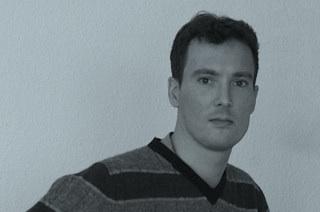
|
| Personal background |
|---|
I'm from Germany  a small region on a planet called earth, orbiting a star we call “The Sunâ€Â. I make my money by offering consulting services to companies who want to improve their energy efficiency. Sounds great, but in fact it's just about cutting expenses.
Well, that's ok with me. As long as “cutting expenses†reduces our dependency on old style fuel.
Besides my job I'm very much into Cocoa and Cocoatouch programming. Another hobby of mine is old hardware from SGI  some of most stylish computer systems ever built.
You can find me on twitter under crimsonmagic. I have a blog at http://crimson-magic.net, but it's updated not very frequently.
|
| Thoughts about SETI and SETI@home |
|---|
1 | Why do you run SETI@home?
Running several processors on one single program always sounded thrilling to me. When I started with computing, this was the holy grail (or at least one of the holy grails). That's why I decided to join the SETI@home project.
2 | What are your views about the project?
Like so many, I'm a fan of the movie “Contactâ€Â. Let me quote a famous sentence: “If it is just us … it seems like an awful waste of space.†Unlike many other questions the question: “Are we alone in space?†has been asked by many generations. It's a question that bridges the gaps between man from different countries. So finding an answer to this question will ultimately teach us responsibility for our world – because in order to talk to other beings, we need to keep a technical culture on our planet for a long time.
3 | Any suggestions?
Please do not let clients for old hardware platforms  like IRIX 6.5  die. Thanks.
|
| Your feedback on this profile |
|---|
| Recommend this profile for User of the Day: |
I like this profile |
| Alert administrators to an offensive profile: |
I do not like this profile |
|
|

